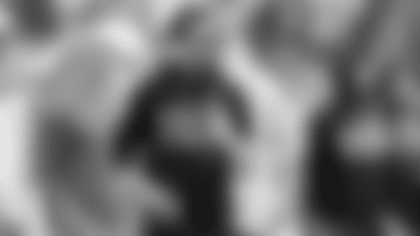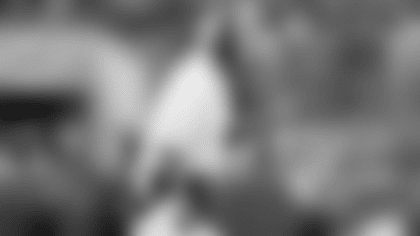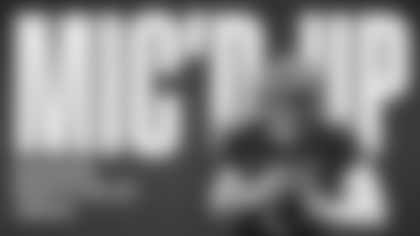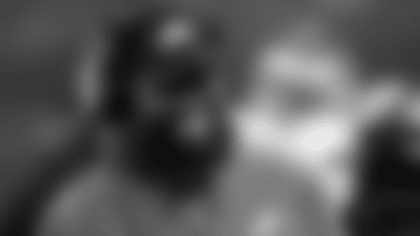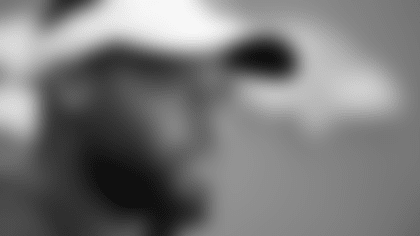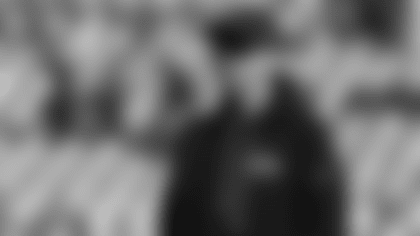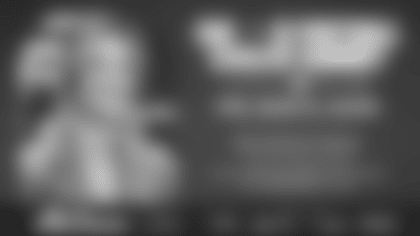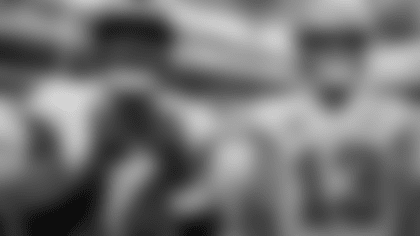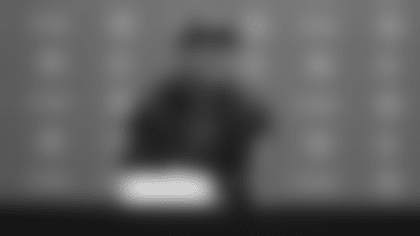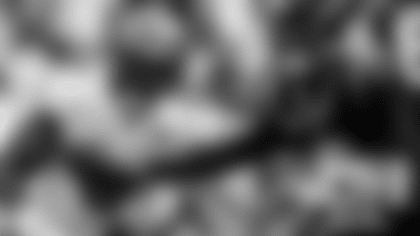Losing a tight football game, as the Tampa Bay Buccaneers did on Sunday to the New York Giants, can provide some painful but useful information, shining a light on the areas that weren't good enough to win. Of course, in this particular case, the Buccaneers could have learned many of the same lessons without all the pain.
"You learn a hell of a lot more by almost losing than you do by losing," said Head Coach Bruce Arians on Monday.
The Buccaneers succeeded in getting in position to win Sunday's game and improve to 2-1 but failed to do so when Matt Gay's 34-yard field goal attempt missed just barely to the right. It's screamingly obvious that the kicking game – not only the final try plus two missed extra point attempts (one of which was blocked) in the first quarter – was one of those exposed problem areas on Sunday, but the Buccaneers are confident that Gay's rough outing will prove to be an aberration. Since the Bucs believe in Gay, there isn't much more to addressing that issue than letting him go out and do better the next time.
On the other hand, one issue that will require more detailed attention is the work of the Buccaneers' offense in the red zone. On Sunday, Tampa Bay rang up 499 yards of offense, showed great balance with 32 runs and 37 passes and threw the ball deep downfield better than it has in a long time. However, only one of the Bucs' five trips into New York's red zone produced a touchdown. Three others resulted in field goals before the final miss at the end of the game. Had the Buccaneers turned even one of those field goal attempts into a touchdown, they wouldn't have needed a field goal at the end.
"We've got faith in [Gay], we know he's going to come back and hit game-winners in the future," said running back Ronald Jones. "So we've got to do more as an offense to not put him in that position [with] touchdowns in the red zone."
Of course, it's always a bit specious to claim that a different result on a second-quarter drive definitely would have led to a different outcome at the end, because the whole game could have conceivably unfolded differently. However, it's a little easier to extrapolate the potential end game following the Buccaneers' penultimate red zone visit, which ended in Gay's 23-yard field goal with six minutes to play.
Following Jameis Winston's one interception in the game, Tampa Bay's defense had retrieved the ball for the offense just two plays later on a sack-forced fumble by Shaq Barrett and a recovery Rakeem Nunez-Roches at the Giants' 42. Winston then handed the ball to Jones six straight times with great results, getting a first down at the thirteen and then a third-and-two at the five. The third-down call was a run by Peyton Barber that got stuff behind left tackle. Arians confirmed on Monday that the call was an RPO and Winston could have chosen to hold the ball based on what the Giants' end on that side of the field did. Winston read the play correctly and handed off, but the execution failed. Arians also said that he had urged Offensive Coordinator Byron Leftwich to stick with that play call when Leftwich brought it up.
"We just didn't get it blocked properly on the front side," said Arians. "The end came up field, they were playing man so the pass was gone, so we've just got to make a better [play]. He did it right, and in Byron's defense, too, when you run the ball that well – six plays and you go 50 yards – you've got to run it again. I picked that play [and] should've stayed out of it."
Two yards would have created a first down at the three, or perhaps Barber would have made it all the way to the end zone. Either way, there would have been a very good chance at seven points, and that would have come close to putting the game out of reach, with the Buccaneers up 10. Play calls will always be questioned when they fail, but the Bucs believe their red zone troubles are more about execution. They did score from the three in the first quarter on a beautifully simple pass to Mike Evans, and they had another Evans touchdown catch from the 20 that is essentially the same thing as a red zone score, though not technically one since the Bucs weren't inside the 20-yard line.
"We had some red-zone touchdowns today," said Winston after the game. "But, we have to get back to the drawing boards and try to be better."
Indeed, this isn't a problem that first popped up in Week Three. Overall, the Buccaneers rank 31st in the NFL with a red zone touchdown efficiency of 27.3%. They were one for two in Carolina, which left them barely clinging to a shaky six-point lead at the end, and they were one for four against San Francisco in the opener. One of those failures against the 49ers was a fumble and another was a failed fourth-and-goal attempt, so the issue is a mixture of problems.
"I think inside the 10, we've got to do a better job throwing the football," said Arians. "Outside, at the 20, we're scoring a lot of touchdowns. Inside the 10 – where we were pretty good – we've gotten average real fast. We had some runs we liked. Could it be conservative? [Maybe] if it's just a run, but there's always an RPO involved."
The Buccaneers' main problem in the red zone comes when it gets to do-or-die time. The offense is somewhat below league average in percentage of "successful plays" in the red zone on first and second down, but on third down it plummets right to the bottom. The Bucs have yet to convert a third down in the red zone in eight tries. The Bucs didn't need to lose the game to spot that glaring problem, but they do need to fix it if they want to get back into the win column.




